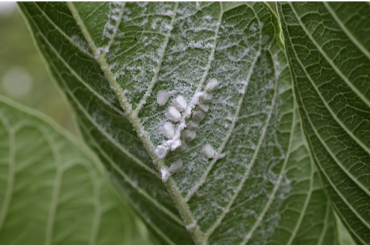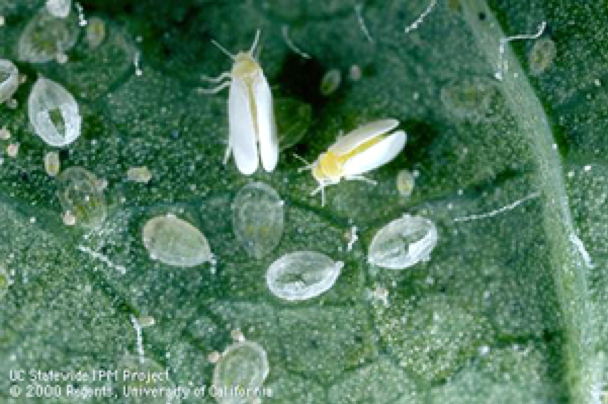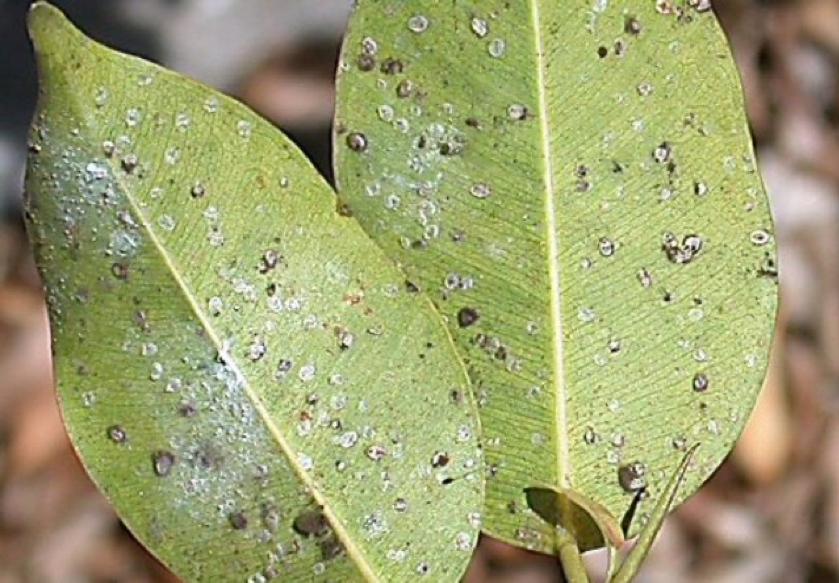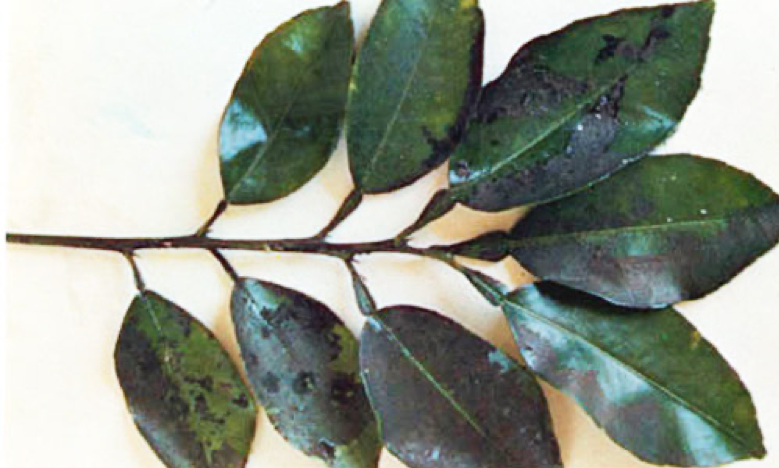 Whiteflies are tiny, winged insects that you’ll likely see around your outdoor garden and plants. Their presence is problematic for homeowners or businesses that have trees and hedges on their property. Adults deposit eggs on the undersides of leaves. Once the eggs hatch they begin feeding until they are adults.
Whiteflies are tiny, winged insects that you’ll likely see around your outdoor garden and plants. Their presence is problematic for homeowners or businesses that have trees and hedges on their property. Adults deposit eggs on the undersides of leaves. Once the eggs hatch they begin feeding until they are adults.
Whiteflies are about 1/12 inch long with two waxy, white or yellow wings. You’ll know you have whiteflies when you see white, powdery clumps on the underside of the leaves in your garden. There are over 75 species of whiteflies in Florida alone, with the most prevalent being the sweetpotato whitefly, ficus whitefly, citrus whitefly, and spiraling whitefly. Contrary to their name, whiteflies are not flies or related to flies. They are more closely related to aphids and mealybugs that suck sap from ornamental plants and fruits, leaving behind harmful honeydew.

Pictured Above: sweetpotato whiteflies Photo Credit: University of California
Sweetpotato Whitefly – Surprisingly, the sweetpotato whitefly’s diet isn’t solely sweet potatoes. In fact, they attack over 500 species of plants including sweet potatoes, avocados, soy beans, poinsettias, cabbage and radishes to name a few. The lifespan of a sweetpotato whitefly is 6-55 days depending on the current temperature. In the United States, sweetpotato whiteflies live in warmer Southern states including Florida. Sweetpotato whiteflies are unique because they are the single most common type whitefly that transmit diseases to plants worldwide.

Pictured Above: Ficus leaves have been attacked by ficus whiteflies Photo Credit: Naples Daily News
Ficus Whitefly – The first sighting of ficus whiteflies in the United States was in 2007. It was first reported attacking ficus trees and hedges in Miami-Dade County, but now it is found in all of South Florida. According to the University of Florida, the ficus whitefly in particular has never been reported on anything but ficus. They also note that whiteflies suck nutrients from ficus which causes the damage you’ll see with wilting, yellowing, leaf drop, or even death. Ficus whiteflies live on the undersides of ficus leaves, appearing as small white dots.

Pictured Above: Sooty mold on citrus leaves Photo Credit: The University of Florida
Citrus Whitefly – In addition to citrus, these tiny pests are also attracted to coffee, jasmine, pears, pomegranates, banana shrub, and lilac. Citrus whiteflies suck out sap, leaving behind a black, sooty mold which is characteristic of their activity. If the affected plant is continuously attacked, the energy needed for growth depletes and the plant dies.
Gumbo Limbo “Spiraling” Whitefly- The first reported sighting on spiraling whiteflies in the United States was in Miami-Dade County from gumbo limbo trees. They are known to feed on a wide range of vegetation including gumbo limbo, mangoes, black olives, coconuts, and Brazilian peppers. Luckily, spiraling whiteflies are usually not able to kill a large, healthy tree or palm. Problems arise when they find smaller, less resilient plants which often succumb to their activity. You can tell that spiraling whiteflies are present because of the white, waxy clumps covering leaves.
Are they dangerous?
Whiteflies cause damage to plants by sucking out their sap, causing them to shrivel, turn yellow, wilt, or detach. When whiteflies are gathered in large groups on a single leaf, the plant cannot overcome the amount of energy taken and can die. Whiteflies secrete honeydew, which creates sooty mold. Sooty mold in itself is not all that dangerous, but honeydew can be. Ants are attracted to honeydew, so whiteflies can lead to an ant infestation. Whiteflies do not bite or transmit disease to humans or pets. They feed off of vegetation, so they’re not apt to live indoors. Your garden is the most susceptible to their ugly staining and general plant health.
How do I get rid of whiteflies?
Yellow sticky traps are also effective for whitefly detection and reduction. Whiteflies are attracted to the yellow color of the traps which draws them in, only to get stuck. You can purchase the traps through garden stores and online shops. Although these methods can help, professional pest control is your best defense against whiteflies on your property.
How can I prevent whiteflies in the future?
To deter whiteflies from laying eggs on your plants, you can lay down reflective mulch. The UV rays bouncing off of the mulch comes from an unexpected direction, deterring whiteflies and other harmful aphids from landing. Reflective mulch is usually silver akin to tin foil, or red, both of which can typically be found at any gardening store. The most effective type of whitefly reduction and elimination is preventative pest control. By treating your property with customized services, pest control professionals are able to control the whitefly populations on your property to save your bushes, trees, and plants.
What Are Whiteflies? Termite and Pest Control in Tallahassee FL
Serving Your Pest Needs for over 50 years in Tallahassee FL
